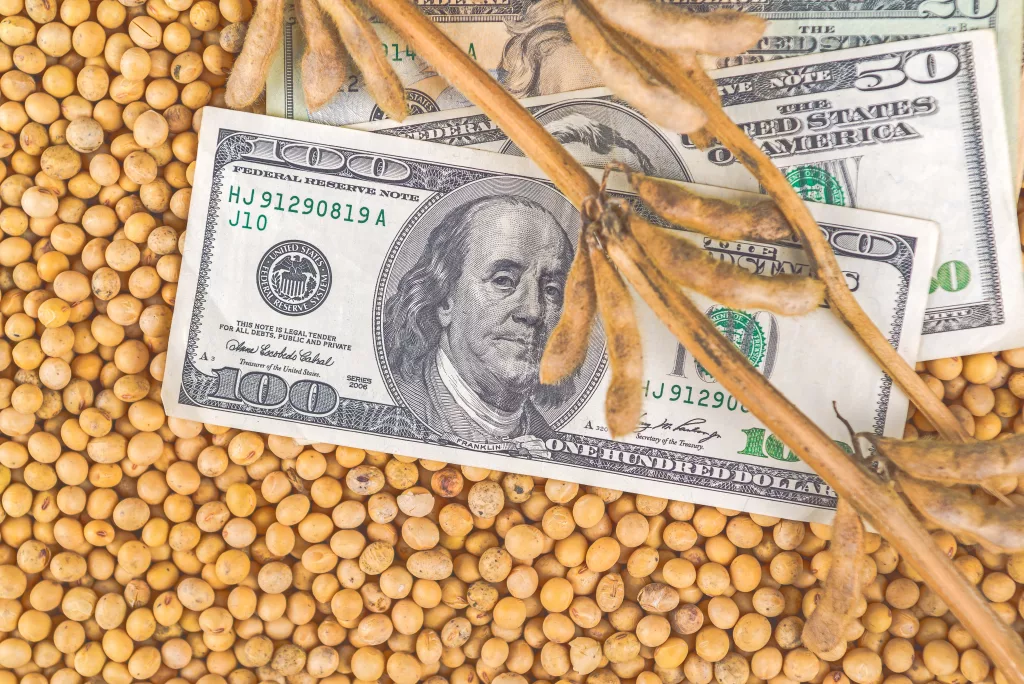The agricultural economy hit some bumps in the road during 2023. What does 2024 potentially look like? Dave Widmar of Agricultural Economic Insights in West Lafayette says one thing they’ll be keeping an eye on for ’24 is acreage.
“There’s always an acreage reallocation and one of the things that happened in 2023, in our observation, is that we had a lot of corn acres and a little bit of soybean acres, and that’s resulted in this imbalance in ending stocks. Corn-ending stocks are above the long-run average, closer to 15 percent instead of the average of 13. Soybeans are closer to five or six percent instead of a long-run average of eight. So, we may see some acreage reallocation, so producers are going to need to keep an eye on that relative price ratio and how that’s going to impact their budgets.”
Farm debt is another important factor to monitor in 2024.
“One of the things we’ve seen is new farm loans,” says Widmar. “Let’s say machinery loans; the payment terms have been stretched out. That means for every $1,000 of farm machinery debt one takes on, the payments are going to be about the same as they were the last few years. That payment hasn’t changed. What has changed is that stretching out means more payments get added to the backside, so that extra interest expense is going to get back-loaded in the form of more additional payments. So, interest expense is increasing, and it means more payments to maintain the same level of debt that we’ve been having in the past.”
There’s one important indicator when it comes to farm debt.
“There’s a lot of confidence out there from the lenders. I think that’s a positive sign,” adds Widmar. “One of the big differences between today and the 1980s is we had high interest rates and short repayment periods like farm loans for machinery that were less than a year. And so, this created a huge access to capital. We’ve got access to the debt a lot. The debt markets are very accommodating at this point. That’s one thing to keep in mind. But just because someone will lend you those terms doesn’t mean you need to accept those terms. And we always need to be thinking about what’s the implications of the terms that we’ve just accepted. So even stretching the terms out has kept the payments low. But now that we’re in a higher interest rate environment, how are individual producers going to adjust?”
For more information, go to aei.ag.
Source: NAFB News Service

